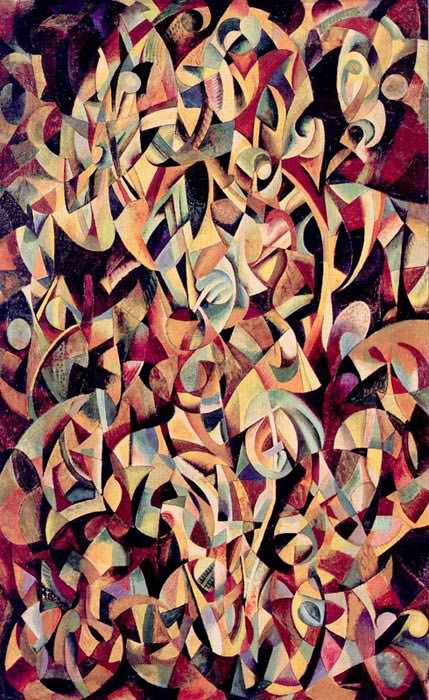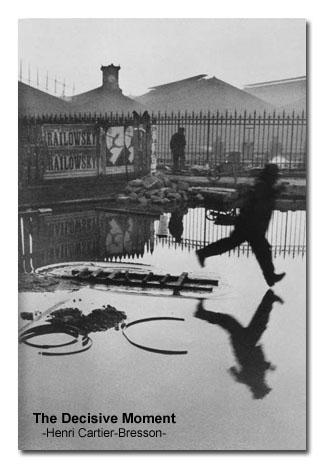Seminar 5: Modernism Finds a Voice (high
modernism)
The Russian
Revolution in 1917 paved the way for propaganda (and Constructivism), seen as a tool to brainwash
the masses with political messages. In the absence of any broadcasting means to
communicate (radio existed but it was not commonplace), propaganda through
print, became a prolific vehicle for spreading the (one sided) word as a means
of influencing its audience.
Constructivism was
thought to have evolved out of Futurism with strong influences in Cubism. Alexander
Rodchenko was one of the founders of the movement. A painter and graphic designer,
he later moved into photomontage,a technique first developed by the
Constructivists . He used a Leica camera to record everyday life in Russia and was renowned for his unusual, exaggerated perspectives. His photomontage of Lilya Brik promoted the availability of (soviet approved) ''books'' at the library.
 |
| Alexander Rodchenko, photomontage. 1924. ( Lilya Brik, the muse of the poet Vladimir Mayakovsky, cries out “books”, |
 |
| Alexander Rodchenko, Dance. 1915. |
Kasimir Malevich (1879 - 1935) and El
Lissitzky (1890-1941) were well known for their contribution to Russsian propaganda. They were responsible for the Suprematism movement and though opposed to Constructivist principles, it was a major contributor. El Lissitzky's poster for the Russian Exhibition in Zurich, 1929 was aimed at the younger generation, promoting a future in, a utopia that could be achieved under the Red Army.
Gustav Klutsis (1895 - 1938) was a photographer known for his photomontage. He also served in the Russian Army under Stalin. Best known for his propaganda collage of Stalin with its suggestion of the leader bringing electricity to Russia and leading the way across the world as a revolutionary and innovator.
 |
Gustav Klutsis, Electrification of the Whole Country, 1920.
Contrary to a utopia, made possible by a technical world with less manual labour, Fritz Lang (1890 - 1976) countered this thought with the idea of a distopia where in a world dominated by machines, man might lose control. The city depicted in Lang's film, Metropolis, was said to be based upon his first recollections of New York. The Art Deco features of the buildings portrayed in the film are said to have had been largely influential on the period of Art Deco that followed in Europe.
In spite of his apparent support of technological advancements and championing of its impact on society, Charlie Chaplin saw this an opportunity for one of his films in which Fritz Lang's fears of domination and loss of control of machines is brought to comedic life in 'Modern Times', 1936.
The mechanical age and mass production saw the rise of the consumer society and the Bauhaus (1919 - 1933) in Germany, where it was seen possible to combine both form and function. Everyday objects were revered for their aesthetics and elevated to a status worthy of photographing for their qualities of light, shadow and abstraction.
 |
| Paul Strand, Chair Abstract, Twin Lakes, Connecticut, 1916. |
With the development of the Leica camera in 1924 and subsequent revisions in 1930 and 1932, came endless possibilities for photography. After seeing Martin Munkacsi's, Three Boys at Lake Tanganyika (c.1931), taken with the 35 mm camera, Henri Cartier-Bresson was inspired by the potential to capture a moment in time for all eternity and began photographing life on the streets. Coining the phase 'The Decisive Moment' it was used many years later as the title for his first published book, in 1952.

While still viewed as a purveyor of truth, in the USA, in 1935, the USA Farm Administration commissioned a group of photographers including Dorothea Lange and Walker Evans, to record the government efforts with the drought in the south during the Depression. The once independent farmers were sent to work as a collective on large government owned farms. The photographs were intended to portray the government in a positive light in showing their helping hand with the plight of these poor farmers and as a tool to help reform society.
 |
| Dorothea Lange, Migrant Mother, 1936. |
|







No comments:
Post a Comment